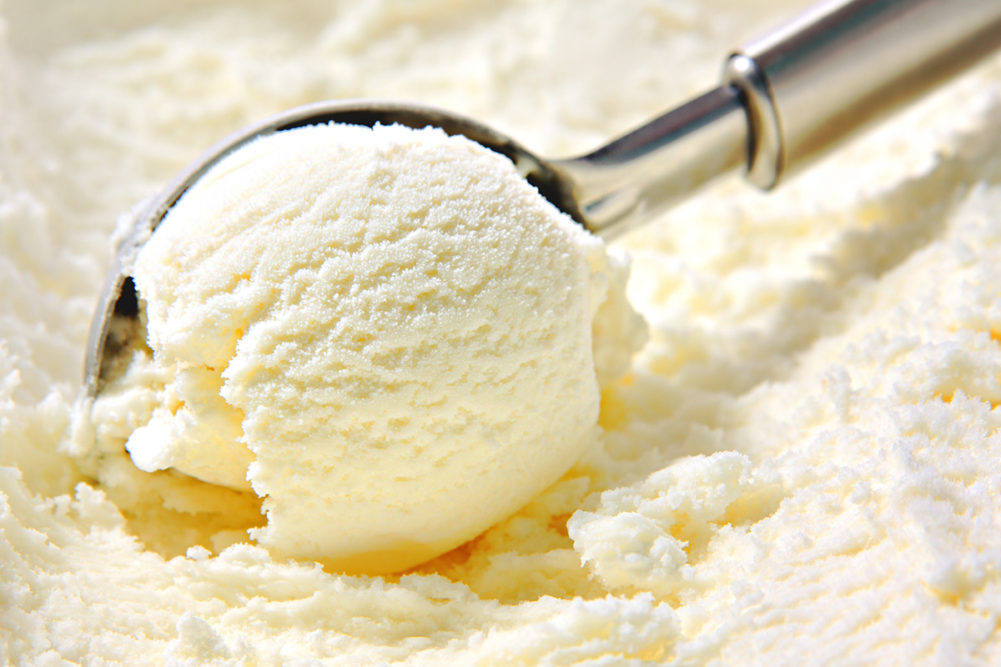MOUNT ROYAL, QUE. — Global vanilla prices have plunged more than 50% from their highs in 2018, according to a June 5 report from Aust & Hachmann, Mount Royal, which sources and distributes vanilla globally. The decline would have been greater if not for the impact of the coronavirus (COVID-19) on shopping habits and actions taken by the government of Madagascar, which produces a majority of the world’s vanilla supply.
The report may be found here.
The industrial vanilla market, which accounts for about 80% of the worldwide vanilla trade, has benefited from COVID-19 through a surge in grocery shopping and preparing meals at home, according to the report. In contrast, COVID-19 has “decimated” the foodservice and institutional sectors.
Earlier this year the government of Madagascar, wanting to stop a market crash, set a minimum export price of $350 per kilogram (2.2 lbs) of vanilla.
“The onset of the virus in tandem with certain trade measures imposed by the government of Madagascar have thus far prevented an outright crash in prices like we saw in 2004,” the report said. “Nevertheless, the downward trend continues for vanilla prices, and we are now more than 50% below the highs set in 2018. In spite of the unexpected increase in industrial vanilla demand, we are still very bearish on vanilla prices and expect significant price erosion in the near term and the possibility of a collapse over the medium term.”
A variable is the Madagascar government, which, besides the minimum export price, could ban vanilla exports outright or limit the amount of licensed vanilla exporters.
COVID-19 is another variable. The Tamatave region in Madagascar recently had a spike in infections.
“It is not hard to envision a nightmare scenario given the region’s very fragile health care systems and lack of resources,” the report said. “A younger and less mobile population in Madagascar may have contributed to containing the disease thus far. There is no reliable information regarding the virus, and we are not confident that the situation is by any measure under control.”
Madagascar had a vanilla crop of close to 1,500 tonnes in 2019, which was above the estimate of 1,100 to 1,200. The crop could go over 2,000 tonnes this year.
“Suffice it to say prices will be significantly lower than the fall of 2019,” the report said.
The report updated other vanilla growing regions as well:
Papua New Guinea — The gourmet vanilla from this country depends on the foodservice sector. Aust & Hachmann expects Papua New Guinea to produce about 200 tonnes of vanilla in 2020.
Indonesia — Aust & Hachmann expects Indonesia to produce a crop of 200 tonnes or more this year. COVID-19 has caused delays in export shipments due to limited air cargo space availability. All outbound international air cargo shipments are diverted exclusively through Jakarta, Indonesia.
Uganda — Farmers in the country refuse to accept the falling vanilla market, causing a disconnect between Ugandan vanilla prices and prices from other origins.
Comoros — Like in Uganda, farmers and preparers in Comoros believe patience will be rewarded with higher prices. Production should be above 50 tonnes in 2020. Logistics are a challenge, particularly when shipping to North America.





